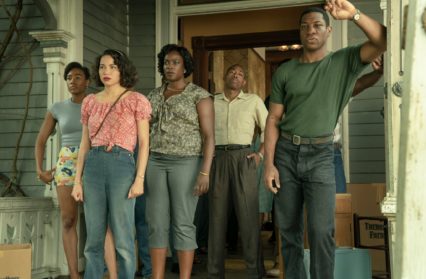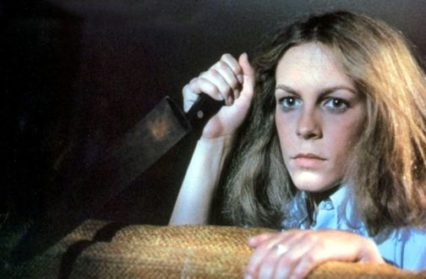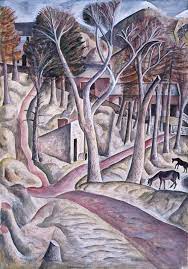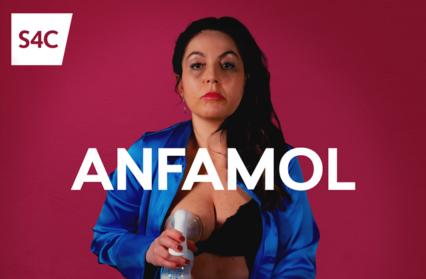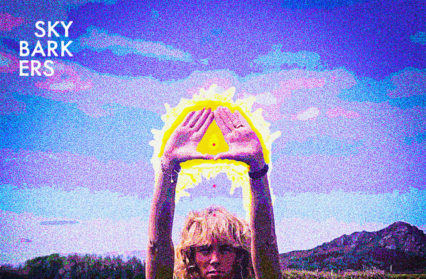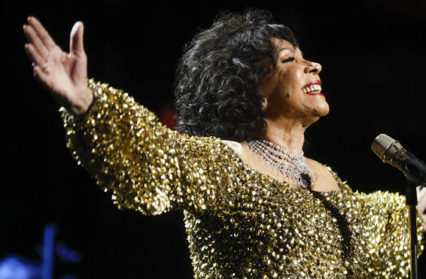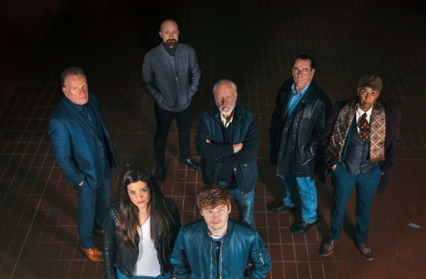As the final episode of HBO’s Lovecraft Country is released, Isobel Roach reflects on the bold reimagining of race in the context of the American supernatural thriller and draws comparisons with Amazon’s Little Fires Everywhere and HBO’s adaptation of Watchmen.
It’s a big time for TV. With the restrictions on outdoor activities, travel and work, new releases from streaming giants like Netflix, Hulu and HBO have never been more hotly anticipated. Whilst entertainment on the big screen has trickled down to just a few socially distanced screenings per day, the small screen has managed to weather the harsh effects of the global coronavirus pandemic with its popularity intact. We’re all desperate for a little escapism. Many of us have turned to big budget genre shows to get our kicks — shows like HBO’s Lovecraft Country.

Written and directed by black creator Misha Green with Jorden Peele, the master of horror, as executive producer, there was never any doubt that this 1950’s-set supernatural thriller would concern itself with the racial politics of Jim Crow. Segregation and racial violence are not mere spectral presences in the show, but are far more substantial – and indeed, threatening – than the throng of monsters and mages that descend on protagonist Atticus ‘Tic’ Freeman (Jonathan Majors). Green uses the medium of horror to draw out and expose racial injustice, taking a genre traditionally dominated by white men and re-contextualising it as a means of exorcising black trauma. This return of the repressed manifests itself in the form of nocturnal beasts that stalk ‘sundown’ towns, and the malevolent spirits of brutally murdered black men and women. Each episode of Lovecraft Country slowly builds in tension as what was once hidden is unearthed and laid bare. Whilst Green expertly wields the conventions of horror to reveal what lies beneath the highly polished veneer of twentieth-century America with its kitsch diners and good old-fashioned family values, other creators have developed a fascination with the duplicitous nature of white supremacy.
When Hulu’s 2020 adaptation of Celeste Ng’s Little Fires Everywhere first introduces its two heroines, we think we know exactly what we’re dealing with. Reese Witherspoon’s Elena Richardson, the picture-perfect image of upper-middle-class American whiteness, has just called the cops on Mia Warren (Kerry Washington), a black single mother asleep in her car. It’s a rocky start to the relationship that will come to define and shape the course of the entire mini-series, but the quietness of it – the polite, underhanded microaggression that’s so quickly swept under the rug by Elena – is what makes Little Fires’ depiction of racism so haunting.
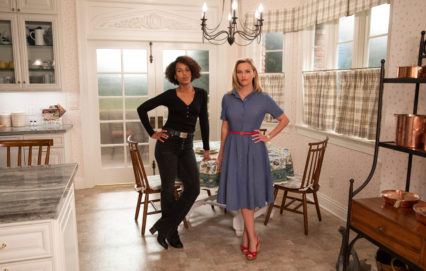
This is a show concerned with surfaces and veneers; the camera luxuriates over the perfect, often immaculately white, furnishings of the Richardson family home; its interests lie in the faces its characters choose to show to the world, and the truer face that lurks somewhere beneath. Nowhere is this more beautifully and allegorically depicted than in the show’s use of art as a medium that both obscures and reveals. Trapped in the affluent white community of Shaker Heights in order to give her daughter Pearl a ‘better life’, Mia turns to her art as an outlet for all the quiet injustices that she and others experience almost daily. Keeping up appearances is important for the troubled citizens of Shaker, and Mia keeps her true self safely hidden behind the threshold of her makeshift studio – and behind a series of deeply held secrets, too. Only through her art can the trauma of racial injustice be cathartically revealed and, in the spirit of the show’s title, set alight and reduced to ash. These pieces – sculptures, installations and photographs – are emblematic of Little Fires’ concern with the uncanny and the monstrous. Mia’s art and Elena’s obsessive interest in it expose the hidden darkness at the heart of the perfect suburban American family.
Indeed, part of what makes Little Fires such addictive viewing is the layer of secrecy and subterfuge that surrounds it. It’s a thrill to sit through episode after episode and watch as each of these layers is slowly but surely peeled back. Lynn Shelton’s camera is at times brutally honest, exposing the dark, dirty reality of living with a parent who that cares more about baby showers and family photos than the struggles of her children. So too, is racial prejudice laid bare as the show builds up to a crescendo of cumulative tension; the final scene between Mia and Elena does away with niceties and veiled microaggressions completely, opting for unflinching honesty. The mask has finally slipped, the monster has been uncaged.
This uncanny sense of duality – the congenial exterior and the monster within, poised just beneath the surface – is becoming a staple of television’s approach to race. Nowhere is this executed with as much skill as in Damon Lindelof’s 2019 adaptation of Watchmen for HBO. This superhero epic has a fair amount in common with Little Fires, not least of all a recurring motif of masks and exteriors. Something of an alter ego in itself, Watchmen was hotly anticipated as a crime-fighting romp in line with Marvel and DC’s gritty foray into television – only it wasn’t at all what fanboys had been expecting.
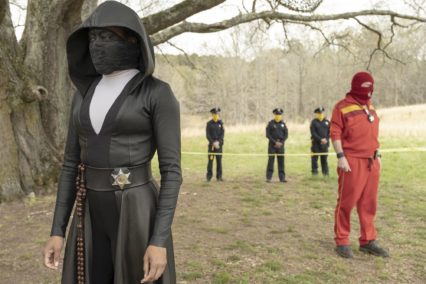
Garnering a hugely successful critical response and a similarly loud-mouthed gaggle of naysayers on the right-wing side of social media, Lindelof’s decision to update Watchmen for a contemporary audience craving diversity has been polarising to say the least. Just as the show’s overarching plot offers real, thought-provoking criticism of racial inequality in the US beneath an exterior of comic-book action, so too does it work on a closer, thematic level. Set in a dystopic America in which vigilantes are hunted down and cops are legally required to mask their identities, Watchmen exposes the duplicitous nature of contemporary whiteness; who is policing our streets? Can co-workers and friends really be trusted? Or are they hiding white KKK robes in their closets?
In an excellently written and beautifully shot flashback episode, the necessity of obscuring one’s identity is made painfully clear as Will Reeves, a black police officer, not only adopts a mask but also paints his face white in order to fight crime. This careful, ceremonial adoption of whiteness bears an uncanny resemblance to the behaviour of Pearl in Little Fires, who finds herself gravitating towards the Richardson family. Simultaneously part of the family unit yet still blatantly treated as Other, Pearl tries to keep up with the privileged lifestyles of the Richardson kids – only to find herself belittled, used and objectified by them instead. Neither Will nor Pearl worship whiteness in the way that, for example, Toni Morrison’s Pecola does in the landmark novel The Bluest Eye, they both understand the necessity of conforming to the status quo. In order to confront injustice head on or simply feel settled in a predominantly white community, one’s identity must be mutable – easily masked.
It seems Watchmen has set a precedent for comic book adaptations that deal with race on a serious level; most recently (and notably), the second season of Steve Blackman and Jeremy Slater’s The Umbrella Academy sees the superpowered Hargreeves siblings journey back to the 1960s. This dramatic change of setting allows for a much more thoughtful exploration of race, and Umbrella Academy shifts in tone from the first season’s more colour-blind approach to its diverse cast. What was at first implicit now becomes explicit. Emmy Raver-Lampman’s Allison finds she must confront segregation and prejudice in a storyline that refuses to shy away from the violent reality of life in the mid-century Deep South. An undercurrent of hostility bubbles to the surface as Allison and her group of peaceful protestors incur the wrath of the police force. Culminating in a riot, racial tension is transformed from looks of mistrust to full-blown chaos. The only way Allison can remove herself from this situation is through her preternatural ability to influence others – a power she’d resolved never to use again. This melding of realism and fantasy not only makes for compelling television but proves that there’s room for thoughtful portrayals of race on the small screen.
All these shows boldly challenge a supposedly ‘post-race’ society by embracing its cordial, smiling exterior and proving that there’s a place for black stories in genre television. They give us white picket fences and quintessential American family dinners with plenty of spare seats for diverse guests. But there’s room at the table for more than just pleasant company; the uncomfortable question of what lies beneath the surface.
Isobel Roach is a contributing writer at Wales Arts Review.


